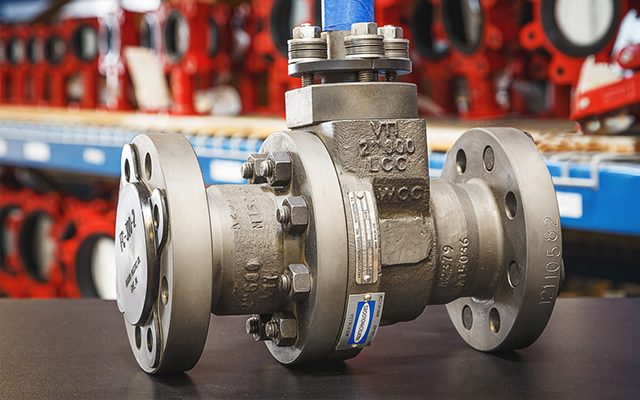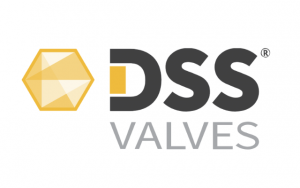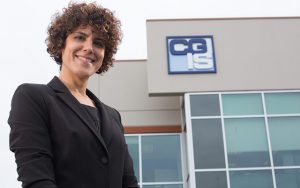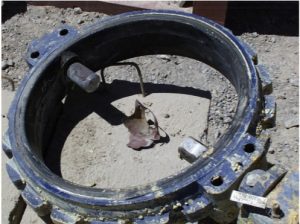Author: Cieana Detloff, Reporting for Empowering Valves
When I think of a ‘task force’, my imagination bursts forth with images of uniformed warriors in boots, covered in camouflage and jumping into action for a special mission. After talking with Ross Waters, CGIS President and newly-appointed MSS Task Force Leader, I realize there are people organized for special valve industry ops that are armed with their engineering knowledge and decades of experience.
In my recent Q&A with Waters, I learned more about the need for defining standards for when Severe Service Valves (SSV) should be used for specific applications, as opposed to general purpose valves. This Severe Service Valve Task Force, which was organized in November 2016, is determined to set the minimum requirements a valve must perform to when faced with extreme conditions.
Cieana: Why was this task force created?
 Ross: In our industry we use too many subjective terms, and one of them is “high performance”. If you write down your definition of “high performance”, then ask a manufacturer, a distributor, a buyer, a specifier, and an end user to do the same, you will find that everyone will have a different answer because it’s based on each party’s subjective definition of what “high performance” means. It is so important, critical even, that we all get on the same page – and that’s what defining standards helps us to do – which is especially important because these standards have an impact on the real world. They play a part in keeping people and the environment safe.
Ross: In our industry we use too many subjective terms, and one of them is “high performance”. If you write down your definition of “high performance”, then ask a manufacturer, a distributor, a buyer, a specifier, and an end user to do the same, you will find that everyone will have a different answer because it’s based on each party’s subjective definition of what “high performance” means. It is so important, critical even, that we all get on the same page – and that’s what defining standards helps us to do – which is especially important because these standards have an impact on the real world. They play a part in keeping people and the environment safe.
Cieana: How did you become the Leader of the task force?
Ross: I started participating at MSS (Manufacturers Standardization Society of the Valve and Fittings Industry) a few years ago and I kept challenging the group there that we needed to come up with a differentiation between general purpose valves – valves that are really seen and used as a commodity -and valves that have to operate in severe service. Over the past 20 years, I’ve been trying to define what Severe Service Valves are and finally put pen to paper in 2014 – which essentially was the culmination of many years of thinking about it. MSS officially picked it up in 2016 and assigned a project number to it. So when you get a project number, the wheels are on and there’s going to be an outcome.
Cieana: How many people are working with you on this?
Ross: When it was initially announced at the MSS annual meeting, 3 or 4 hands shot up, and since then another 8 engineers have volunteered; so we have a total of 12 people right now who are working on this SSV Task Force. We have one representative from each valve manufacturing company.
Cieana: How long before the standards get released?
Ross: That’s a very good question! I wish I had an answer for you (::laughs::), but defining standards is complicated. There are two basic functions that valves are used for: they either ‘control’ or they ‘isolate’. For control valves, established laws of physics exist and can be used to draw a line in the sand, but we cannot do that as easily with isolation valves. With isolation valves, there are several variables at play that present challenges to defining severe service standards. Our team is trying to approach this from an ‘applications standpoint’ because the industry agrees that a certain number of applications should have criteria for “severe service”. This part is agreed. There needs to be more testing and research, though, in order to create these standards. We have a definition and a standard that is at least 70% complete, but we’re not ready to publish it. Not yet, anyway. For me right now the main thing is to get as many people as we can interested and involved. The more people looking at it, talking about it, debating it, challenging it, adding what they know, the better it’s going to be for everybody.
Cieana: Who will benefit from these standards?
Ross: Anyone who is responsible for selecting valves needs to be able to select the right valve for a specific application. We have to stop treating valves as commodities, and really pick the right valve to do the job. Typically, the end the user has the ultimate responsibility of selecting the right valve for their specific application, but in my opinion, the responsibility is really shared. I’m a supplier – I take a valve product from a manufacturer, and I apply it in the field for a client; but my job is to make sure my client is healthy. So I take the responsibility whether it’s given to me or not. In the 50 years I’ve been involved with valves, the industry has changed. Valve experts are getting harder to find, so creating these standards that define severe service is going to have a positive impact for everyone. There’s a safety factor. You want to keep people safe. Putting all this effort into selecting the right valve for these specific applications is going to have that impact in those two major areas – keeping people safe and improving process performance.
Cieana: Well, Ross, I certainly believe this initiative is well worth the effort! Thank you for being a Task Force Leader and do keep us posted on the progress made for defining and releasing these severe service standards.
Ross: Will do! Thank you!
Read Ross Waters’ technical paper “Defining Severe Service Valves”, which was originally published IPP&T Magazine in September of 2014 and Valve World Americas June 2015 edition.
Visit www.cgis.ca for more information about severe service valves.





Comments